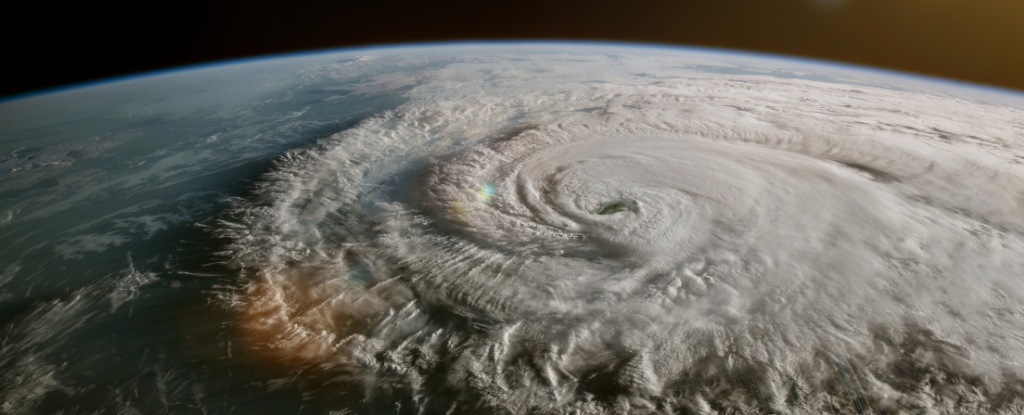Products You May Like
Our planet is teetering on the edge of several tipping points that once passed, will topple into a cascade of ecological changes.
Extreme heatwaves, droughts, floods, and storms are becoming more common and intense; the energy trapped by Earth’s atmosphere and oceans fizzing up like a carbonated soft drink under pressure.
Now a new study simulating Earth’s future out to 2100 shows just how fundamentally incremental changes in temperature and precipitation could alter climes on a local level, so much so that we would have to redraw maps first conceived in the 1880s.
“By the end of the century, 38 percent to 40 percent of the global land area is projected to be in a different climate zone than today,” writes the team of researchers, led by senior author Paul Dirmeyer, a climate scientist at George Mason University in Virginia.
Depending on which climate models the researchers used to generate projections of future global change, those estimates could rise even further, such that close to 50 percent of Earth’s land area could be thrust into an unfamiliar climate zone. The shifts became more pronounced with the latest generation of climate models, which are more sensitive to changes in climate and predict steeper rates of global warming.
To chart the projected changes, Dirmeyer returned to the Köppen-Geiger maps, a system used to classify the world into five climate zones based on temperature, precipitation, and seasons.
Developed by a German-Russian climatologist by the name of Wladimir Köppen in 1884, the Köppen-Geiger climate classification maps have been updated numerous times since then, and are widely used to model the distribution and growth of species.
The shifts in climate zones that Dirmeyer and colleagues have projected are but a spectrum of possibilities, because simulating the physics of some climate variables such as rainfall is harder to do than for others, such as temperature. They also only cover land masses, leaving out Earth’s oceans – which have entered uncharted territory of their own – and Antarctica (due to gaps in data).
What is clear, though, is if we don’t act soon to cut emissions, rates of global warming will continue to accelerate as the decades tick by, “suggesting that vulnerable species and agricultural practices might have less time to adapt to changes in climate zones than previously projected,” the researchers warn.
Based on their analysis, they expect tropical climates to expand, from 23 percent to 25 percent of Earth’s land mass, by 2100. Likewise, more of Earth’s land surface is projected to become arid, up to roughly 34 percent from 31 percent currently. These types of changes, other studies show, could rock food production systems, and push mosquito-borne diseases into new areas.
The greatest shifts towards new climates are expected in the cold climate zones of Europe and North America, the study found. Up to 89 percent of Europe and close to 66 percent of North America could slide into a different climate zone by 2100.
People living in other regions such as Africa will still feel the heat of climate change – just within the bounds of their current climate zone, and in the form of extreme weather events.
By far, the most dramatic change will be in the polar zone, which covered nearly 8 percent of our planet’s land area between 1901 and 1930, and has already shrunk to 6.5 percent with the just under 1.2°C (2.2°F) of global warming Earth has experienced so far. This is among the most jarring of the study findings, which captures just how much our planet has already changed.
“Since the beginning of the 20th century, Earth has already experienced 14.77 percent of its land area changing its climate classification, with the most extensive changes observed over North America, Europe, and Oceania,” Dirmeyer and colleagues write.
This result builds on previous estimates, produced in 2015 using the climate models available at the time, which found that by 2010 around 5.7 percent of Earth’s total land area had shifted toward warmer and drier climate types, compared to 1950.
Again, it just shows that any way we slice it, our planet is changing fast – but it’s not too late to save it.
The study has been published in Earth’s Future.
